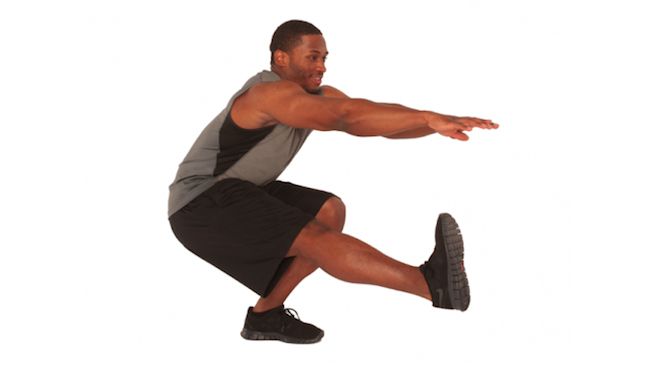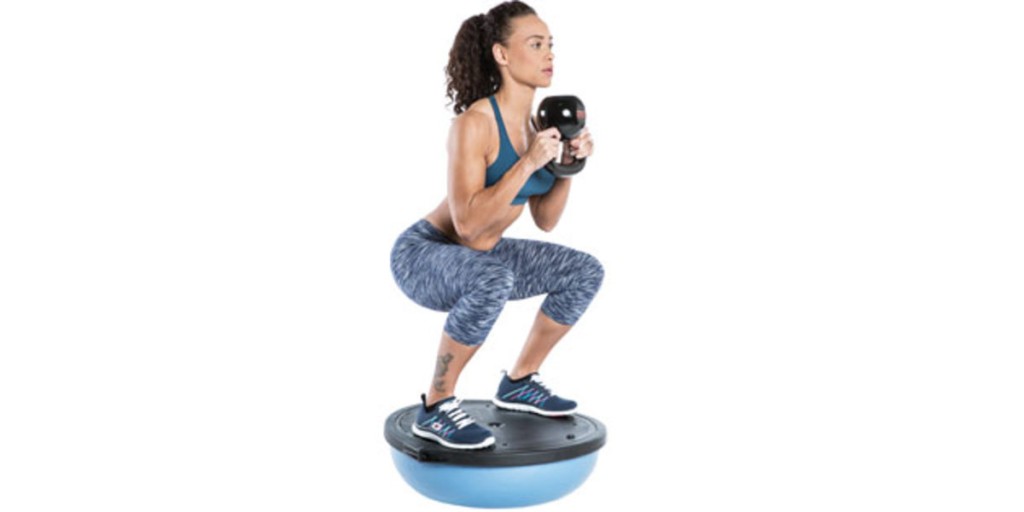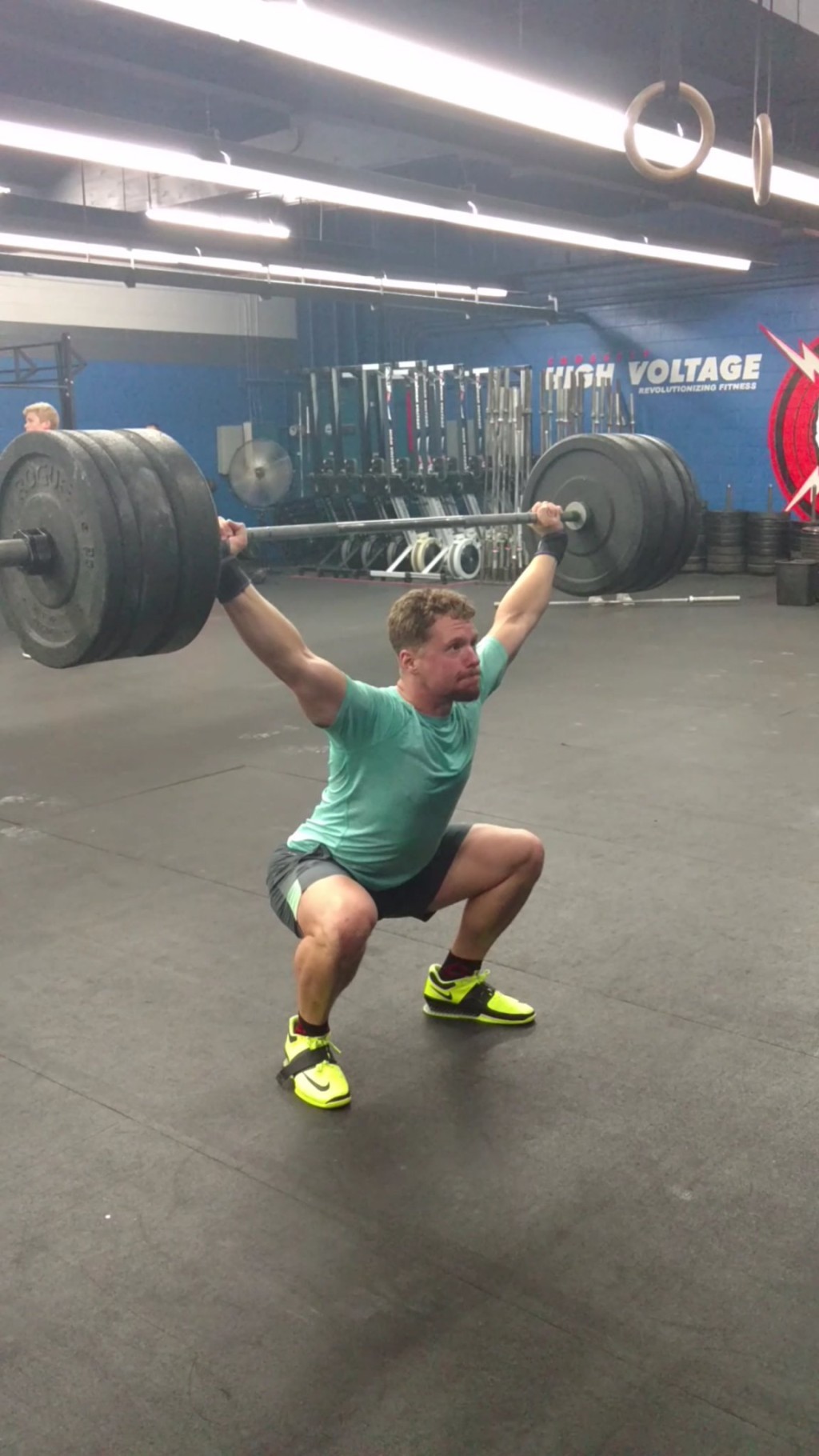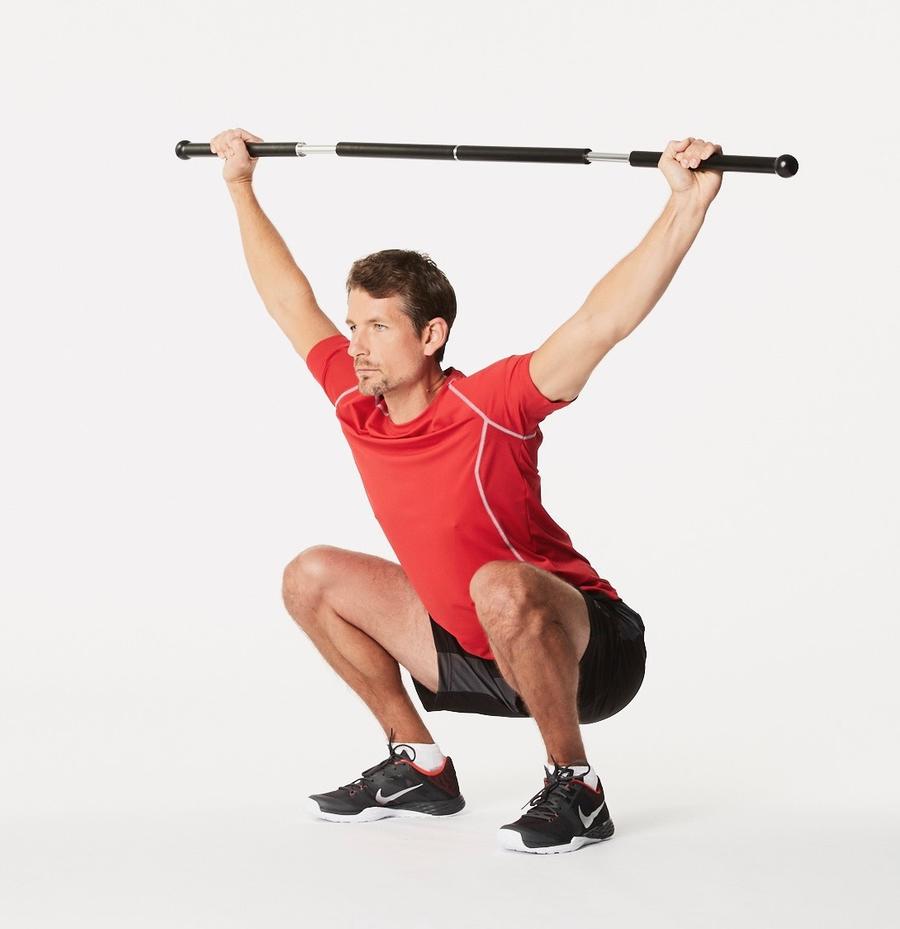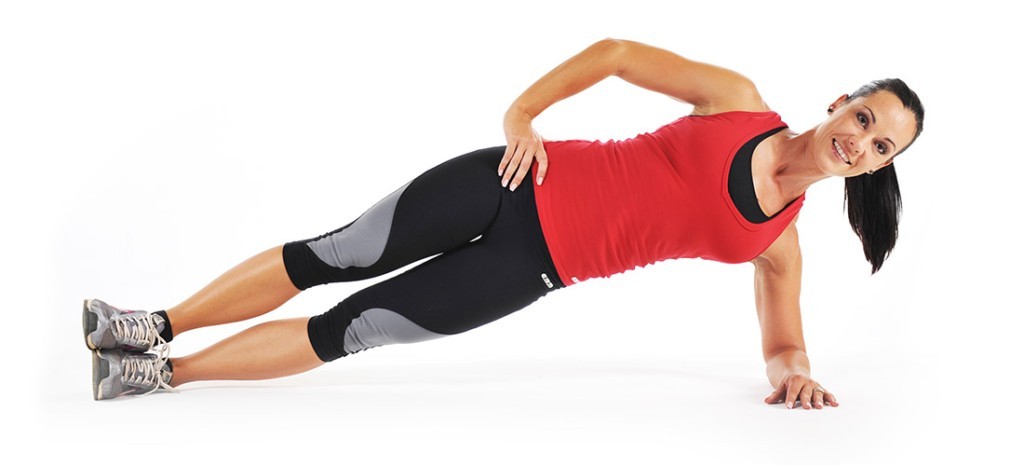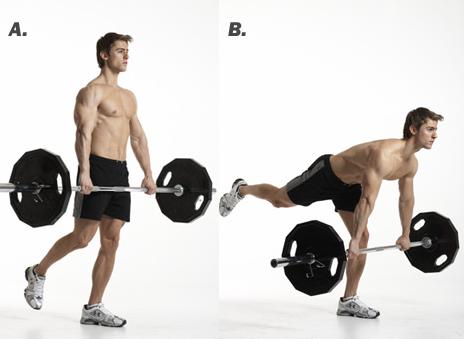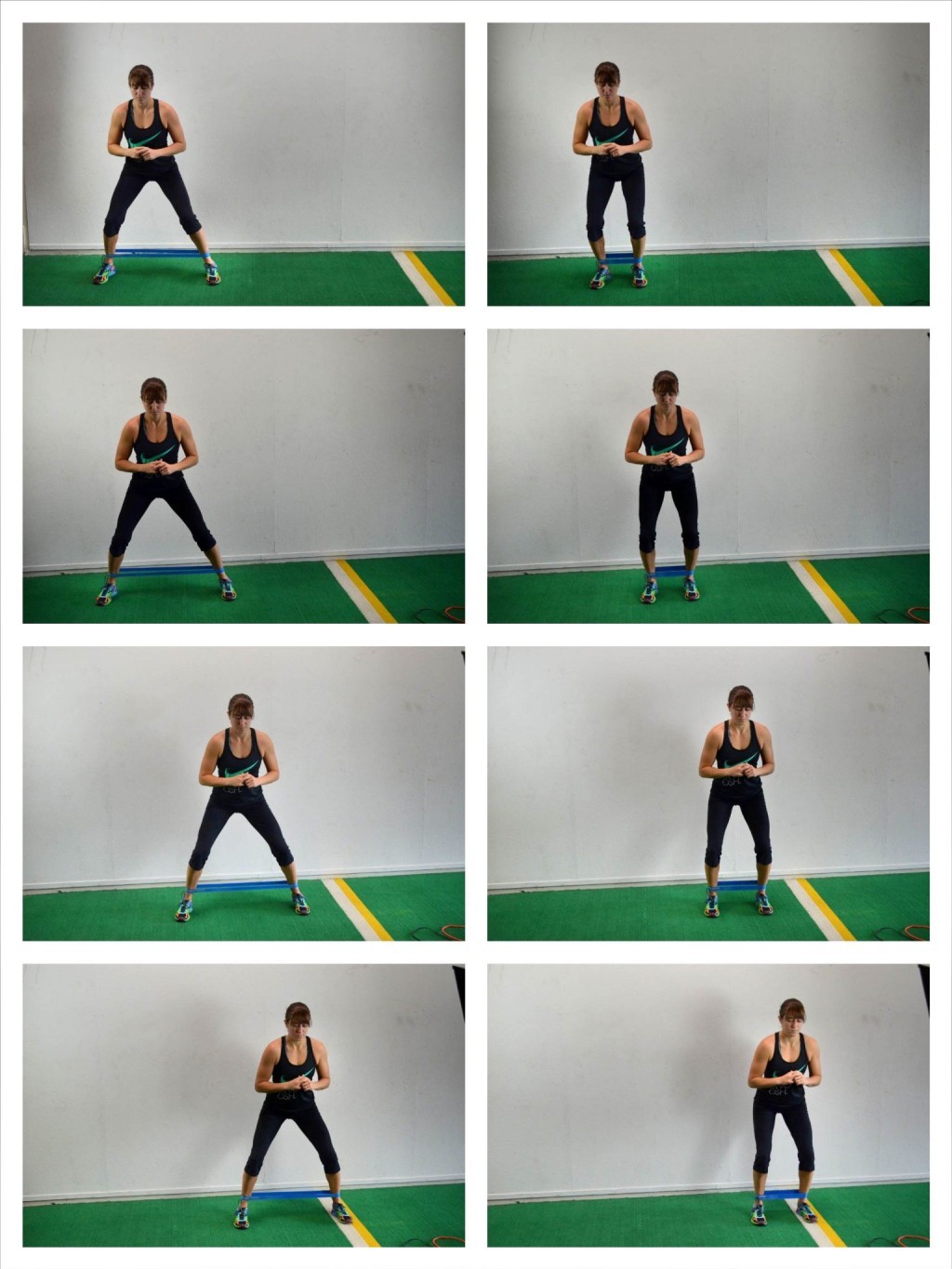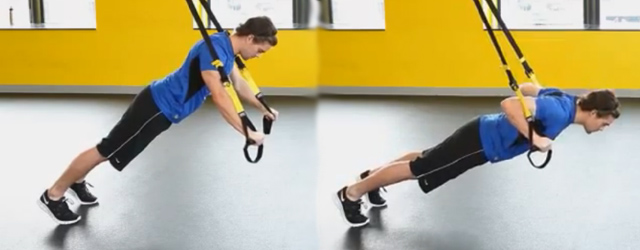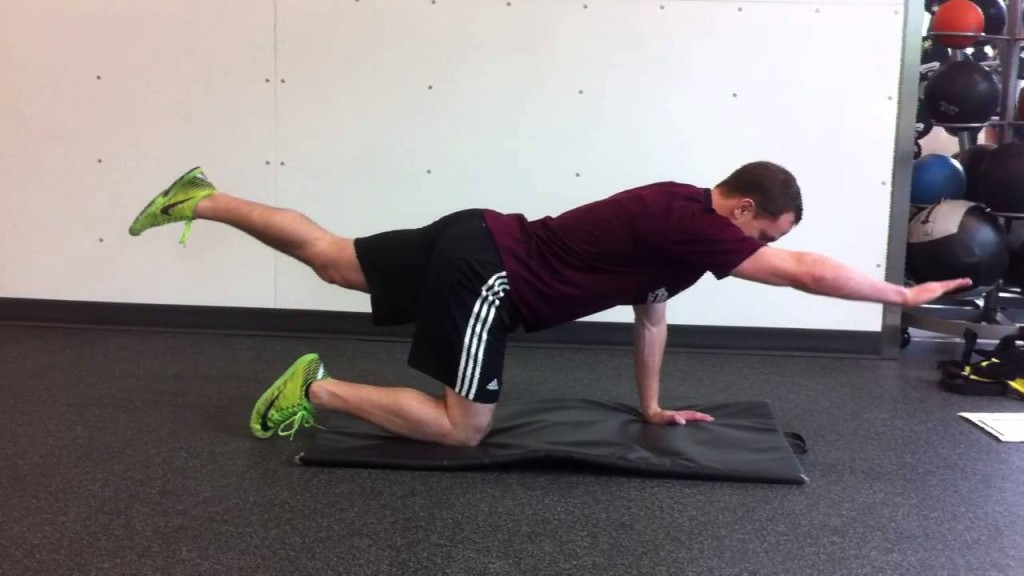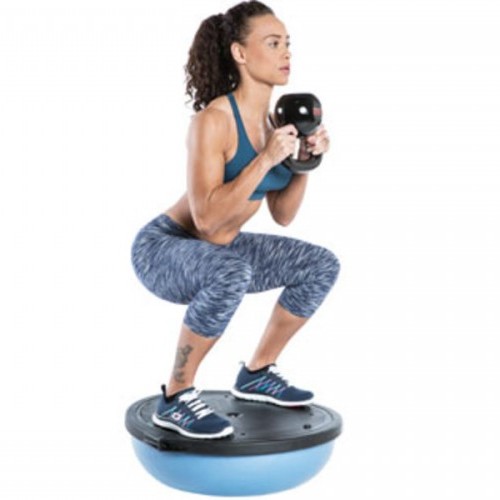
Training to Prevent Knee and Lower Back Pain: Don’t Let the Winter Weather Stop You From Improving Your Biking Skills
Features / Thu 15th Nov, 2018 @ 9:30 pm
Is your body in need of some work over the winter? IMB speak to certified strength and conditioning specialist, Aaron Barnett to learn more about the kind of training you can do during the winter months to maintain and improve condition in the core and legs…
It’s the cold season, depending on where you are in the world, which means snow and rain are probably coming. Although the winter presents me with some of my favorite sports (Snowboarding and Skiing), it also forces me to hang my bikes up and leave the trails for the lifts. I’m sure many of you have this same experience yet you probably notice a day trip to the ski resort doesn’t happen quite as often as that after-work trial ride on your bike. Instead of reverting to the couch and a bag of chips, how about we hit the gym for some workouts designed to help our winter sports, train for the upcoming cycling season, and prevent those pesky chronic injuries we face in our knees and lower back?
Clarseon, Krosshaug, and Bahr (2010) found that 58% of professional cyclists reported lower back pain while 36% reported having knee pain. Robert Kronisch (1998) found similar numbers when he surveyed recreational cyclists and gathered that 30% had experienced knee pain and 37% had experienced lower back pain while riding in the past year. These numbers suggest that about one in three people who ride bikes suffer from knee or lower back pain.
Are you one of those people? Wouldn’t it be nice to reduce the amount of pain you experience from the activity you love?
No matter if you are a road, cross country, dirt jumping, BMX, downhill, or enduro bike rider, these are issues that we all face. But don’t worry, a few simple movements in the gym, done a few days a week, can work wonders next Spring when you hop back on that bike.
It’s also important to note that although bike setup is a huge factor, it can be equivalent to putting a band-aid on a gaping wound. Researchers Marsden and Schwellnus (2010) found through biomechanical analysis of cyclists that although proper bike setup can reduce injuries, it is far from solving the problem on its own. Their work is supported by Bini and Bini (2018) who reported that improper medial projection of the knee was the main cause of overuse injuries in cyclists while improper bike setup was not.
Utilizing what the research shows and basic principles of strength and conditioning, I would like to present some exercises to try this winter when you’d rather be out biking. Give these a shot and watch how next Summer you are riding injury free.
First, let’s go over a concept that we need to understand:
Core – This does not mean “abs.” Core training is strengthening all the muscles surrounding your pelvis and torso. This means muscles in your back like the Erector Spinae, Latissimus Dorsi, and Lower Trapezius. These muscles pull you upright and align the shoulders on top of your hips to reduce stress on your spine. Muscles surrounding the pelvis are also of extreme importance. These include the Psoas, Tensor Fasciae Latae, Gluteus Maximus, Medius, and Minimus, External and Internal Obliques, Rectus Abdominis, and Rectus Femoris. But if we have stable hips, we also need stable shoulders to handle the big impacts of those sweet drops you will be hitting next season. We need to train the Deltoids, Infraspinatus, Serratus Anterior, Rhomboids, Upper Trapezius, Pectoralis Major and Minor, Teres Minor, Subscapularis, levator scapulae, and the sternocleidomastoid.
Are you thinking to yourself right now, “What the H*** are those?” If so, no need to worry as a few simple exercises can train all these muscles together giving you the support you need to get back out on that bike and ride, ride, and ride some more.
The Plan
This two-day a week plan, extended over a 12-week period, can be incorporated into your current workout plan or done entirely on its own and will help prepare you for injury-free riding next season. Just remember that you want one or two rest (non-lifting) days between day one and day two.
Day 1:
1 Leg Squat (Pistols): These are a great way to train unilateral stability and strength as there are many times in cycling that you may find yourself relying on the strength and balance of one side over the other. These also help create dynamic stability, so you can maintain your balance while pedaling. If it’s too difficult, these can be practiced while holding onto TRX cables, a ledge, or a partner until you get the balance and strength required to perform them on their own.
Half Bosu Ball Squats: This is a great exercise to incorporate as it taxes the stabilizer and neutralizer muscles surrounding your legs and pelvis. These should be done at a slow cadence and they can be done on any uneven, unbalanced surface. Start with a moderately unbalanced surface like a soft cushion and see if you can work your way into using a balance board.
Overhead Squats: While the previous two exercises target the stability of the legs and hips, this targets the stability and strength of the shoulders. You can complete this with a barbell, dumbbells, kettlebell, or any other weight that can be held over your head. The important factor here is to ensure that from the weight above your head, to you shoulders, to your hips, to your feet should be relatively stacked on top of each other in a generally straight line. If this movement is difficult, it can be practiced with heels propped up on a small weight as this usually fixes the problem.
Side Plank External Shoulder Rotations: These are a great bang-for-your-buck exercise as they focus on the stabilizing muscles of the legs and hips while also work on your shoulder strength. Planks are also more likely going to develop those washboard abs than any number of crunches you do.
Day 2:
1 Leg Dead Lift: These can be done using a barbell, kettlebell, dumbbells or any other weighted object. Standing on one leg, slowly hinge at the hips while focusing on keeping your back straight and in a neutral position. Other than the fact that you are on one leg, these are done the exact same as traditional deadlifts but add the balance and stability portion you need as a cyclist.
Monster Walks: These can be done using a small band wrapped around your feet or knees. You hold a half squat and simply side step while not letting your shoulders sway back and forth and focusing on slow-controlled movements.
TRX/Unstable Surface Push-Ups: These can be done using cushions to start out, a bosu ball, indo board, TRX cables, or any other unstable surface. In addition to training the chest and shoulders, this exercise tasks the core greatly and forces you to keep your legs, hips, and shoulders engaged the entire time. These are great for full body stability as well as upper body strength.
Quadraped Opposite Extensions: Like a plank but with a little more focus on the stabilizers of the back and butt. Get into a hands and knees prone position and extend into a straight line the opposite arm and leg. Once these become easy, they can be practiced on unstable surfaces or by using the same side leg and arm as an extra balance challenge. You can also incorporate light dumbbells to hold or ankle weights for added difficulty and to build strength. When outstretched hold the position for 2-3 seconds before lowering back down.
For the first three weeks, the emphasis should be on performing these exercises with correct technique. Try a variety of sets, reps, and loads during this time to see where you are at and what you need to work on. The second three weeks should be focusing on 2-3 sets of 15-20 repetitions. This will help with endurance of the movement and reinforce proper technique. The third three weeks should be 3-4 sets of 8-12 repetitions. These will be utilizing either a heavier load or less stable surface to further tax your body and focus on increasing muscle cross-sectional area. For the last three weeks, perform these exercises in 5-6 sets of 3-6 repetitions. This is where you are focusing on strength development and stability with a heavier load. After your 12-week cycle is over, start again from the beginning and notice how much you have improved your stability and balance which means you will likely need to use heavier weights or even less-stable surfaces.
Although these exercises are not an end-all, be-all to reducing chronic knee and lower back pain in your cycling, they will go a long way and you will notice substantial improvements in your performance as well. Now when you come across that big drop next season, you will be able to hit it with confidence knowing that your body is fully prepared for the impact that follows. All these exercises are highly “Googleable” or “YouTubeable” just make sure that you are watching videos from reputable sources that have some sort of training or coaching credential. Just because someone has a nice bike, does not make them a competent rider. Just because someone has a nice body, does not make them a competent trainer.
Hopefully this simple workout plan will help you focus on getting back on your bike as the snow comes down and help you stay in shape and not turn into a couch-potato this winter. Remember that any exercise is better than no exercise and if you want to see continual improvements in your riding, you need to be exercising year-round. Who knows, maybe you will end up like me and develop a love for both cycling and working out in the gym? Combined, you can get into the best shape of your life and live pain-free, not letting any trail stop you.
Thu 15th Nov, 2018 @ 9:30 pm
By Aaron Barnett
Aaron is a Certified Strength and Conditioning Specialist through the National Strength and Conditioning Association, a Performance Enhancement and Corrective Exercise Specialist through the National Academy of Sports Medicine, a certified trainer through Functional Movement Systems, and a second-year graduate student at the University of Denver in the Master of Arts in Sports Coaching program. He is also an avid participant and coach in mountain biking, dirt jumping, snowboarding, skiing, and paddle boarding.

